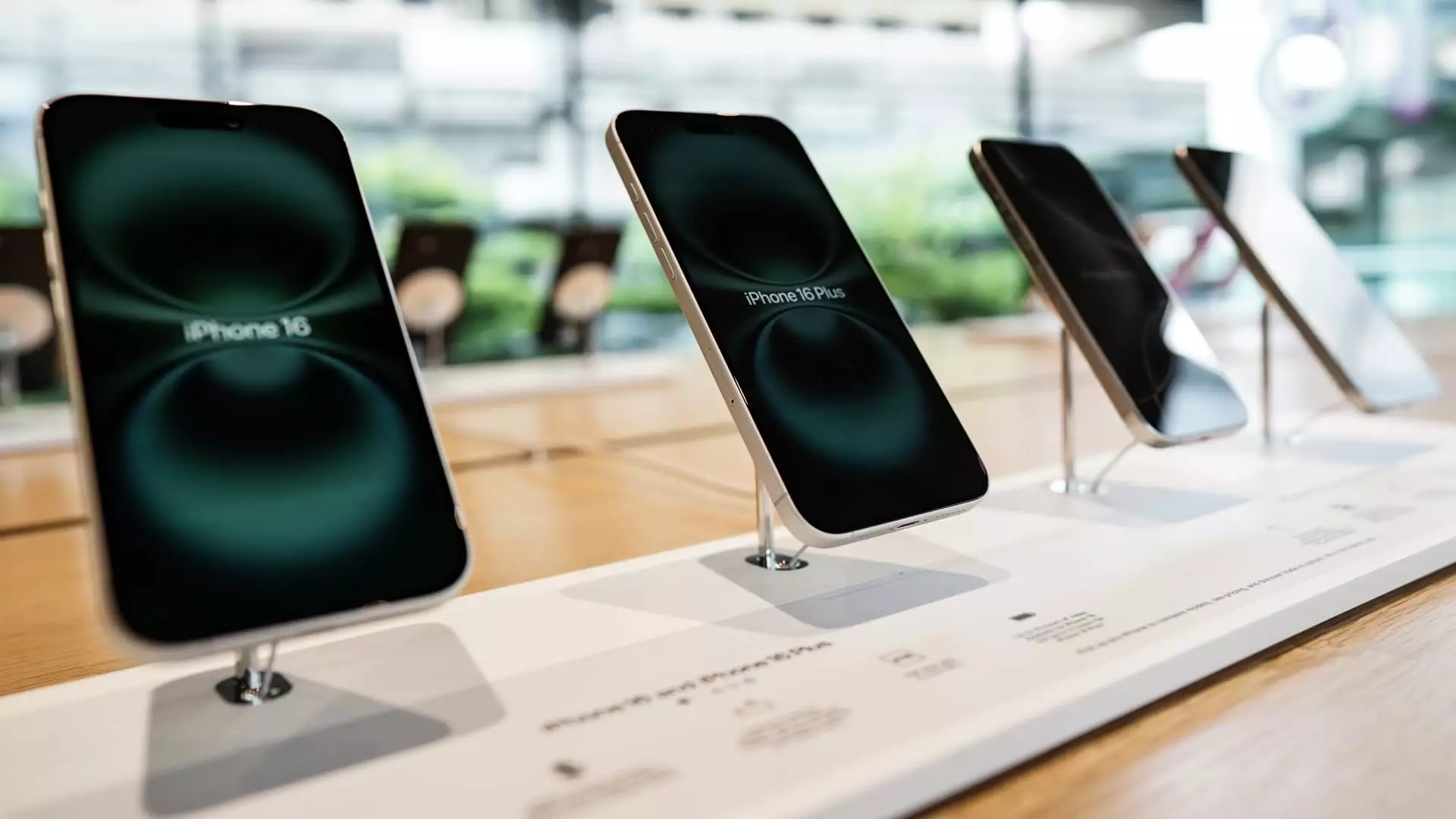Analysts often see the balance between ambition and reality as a tightrope walk, especially in the tech sector. Craig Moffett, an esteemed analyst renowned for his acute insights, has laid down some hard truths about Apple’s purported strategy of shifting iPhone assembly to India. This kind of optimistic ambition should not cloud our judgment when examining the realistically thorny path ahead. The idea that moving production can somehow mitigate the financial repercussions of tariffs is not merely naive; it is dangerously misleading. While a mere glance might make the transition appear practical, the multiple layers involved reveal a far more convoluted situation.
Moffett’s assertions highlight an uncomfortable truth—the dependency on China for core components remains deeply entrenched. The façade of relocating assembly to India unravels when we acknowledge that the foundation of many operations is still locked in the Chinese ecosystem. India’s manufacturing scalability is impressive, but it is unwise to assume that a geographical shift alone can address the extensive challenges posed by the current global trade dynamics.
Consequences of a Global Trade Warfare
The implications of ongoing trade wars extend far beyond immediate cost-cutting measures. Moffett articulates profound concerns regarding the potential destruction of demand, stemming from increased prices engendered by tariffs. Consumers, confronted with heightened costs, inevitably recalibrate their purchasing behaviors. Firms like AT&T and Verizon have already made it abundantly clear that they won’t shoulder the burden of heightened costs tied to tariffs on handsets. This kind of grassroots pushback isn’t just a minor inconvenience; it draws a grim picture of “demand destruction” that Moffett rightly emphasizes.
In the context of economic deceleration, one must question how much longer consumers will be willing to upgrade to the latest iPhone or shell out for new devices when the perceived value diminishes against increased expenditures. The metrics of slower upgrade rates and longer holding periods potentially spell disaster for Apple, a company whose future hinges on unwavering consumer enthusiasm.
The Unyielding Grip of Chinese Competitors
As Moffett notes, Apple’s struggles are compounded by the burgeoning prowess of local competition in China. Brands such as Huawei and Vivo are not simply holding ground—they are seizing market share from Apple. With a robust range of products that appeal to price-sensitive consumers, these companies have swiftly adapted their offerings to local preferences. In a landscape where consumer sentiments are easily swayed, Apple’s historical prestige could erode if they fail to pivot meaningfully.
It’s worth pondering whether Apple’s projected product cycles are adequately attuned to the shifting tides of consumer preference. Should a backlash against U.S. tariffs lead to a further erosion of Apple’s market share, strategic responses will be critical. Moffett is justified in his cautious approach; the very notion of a renewing consumer relationship in a challenging market landscape rests precariously on the company’s ability to navigate these unpredictable waters effectively.
Rethinking Valuation: Beyond the Buzz
Moffett’s downgrading of Apple’s stock price target signals a need for investors to recalibrate their expectations; this isn’t merely a knee-jerk reaction but an assessment grounded in reality. His concern lies not in the fundamental soundness of Apple itself, but rather in the market’s overly optimistic valuation of the company given the current macroeconomic environment. A radical reassessment of Apple’s place within the marketplace may well be in order, particularly as pressures mount and investor anxieties rise.
With shares having already declined significantly, one must ask if the resilience typically associated with Apple’s branding is buckling under the weight of external pressures. Although there’s a case to be made for Apple’s long-term prospects, the tangible barriers presented by geopolitical realities and market responses must be prioritized in financial forecasting—risk assessments must balance optimism with keen realism.
Consumers at the Crossroads
No discussion of Apple’s predicament would be complete without addressing the consumer. The psychological impact of perceived value shifts can quickly cascade into broader economic concerns, generating an atmosphere of hesitancy among buyers. As prices rise and the prospect of tariffs looms large, what remains to be seen is whether consumers will remain brand loyal or begin to drift towards cost-effective alternatives.
In these turbulent times, Apple must re-strategize with an acute focus on consumer dynamics whilst acknowledging the reality of the competitive landscape. Transforming challenges into opportunities is not a simple task, but it is the essence of survival in a tech-driven marketplace teetering on the edge of upheaval.

